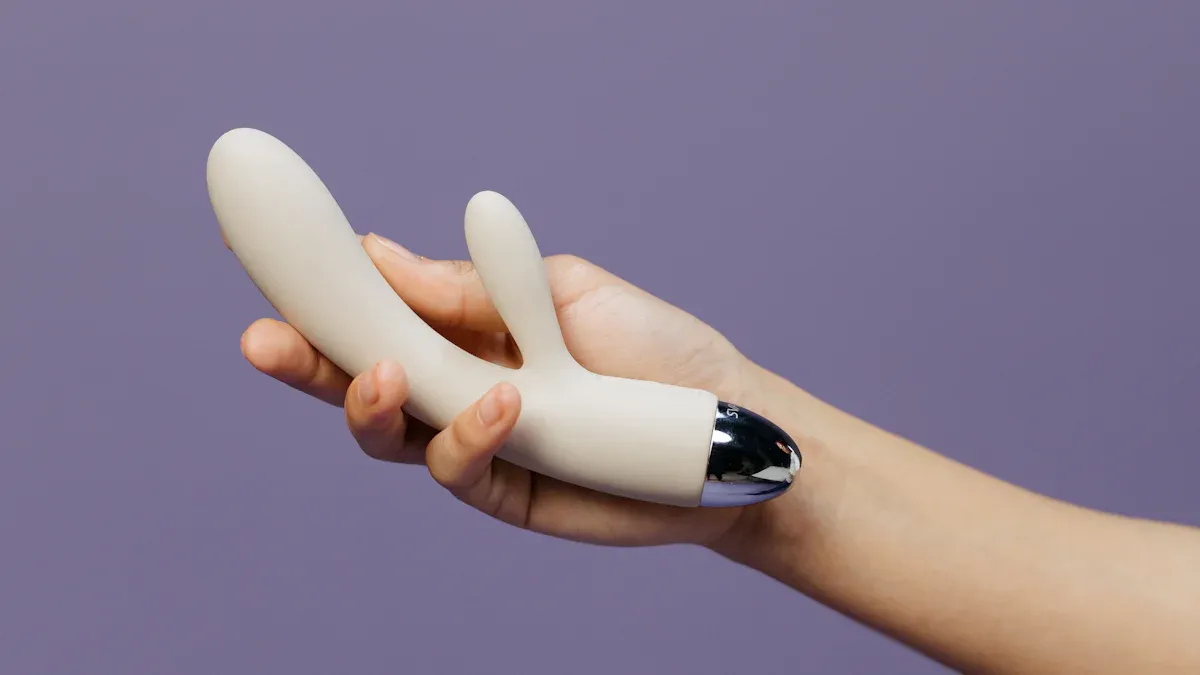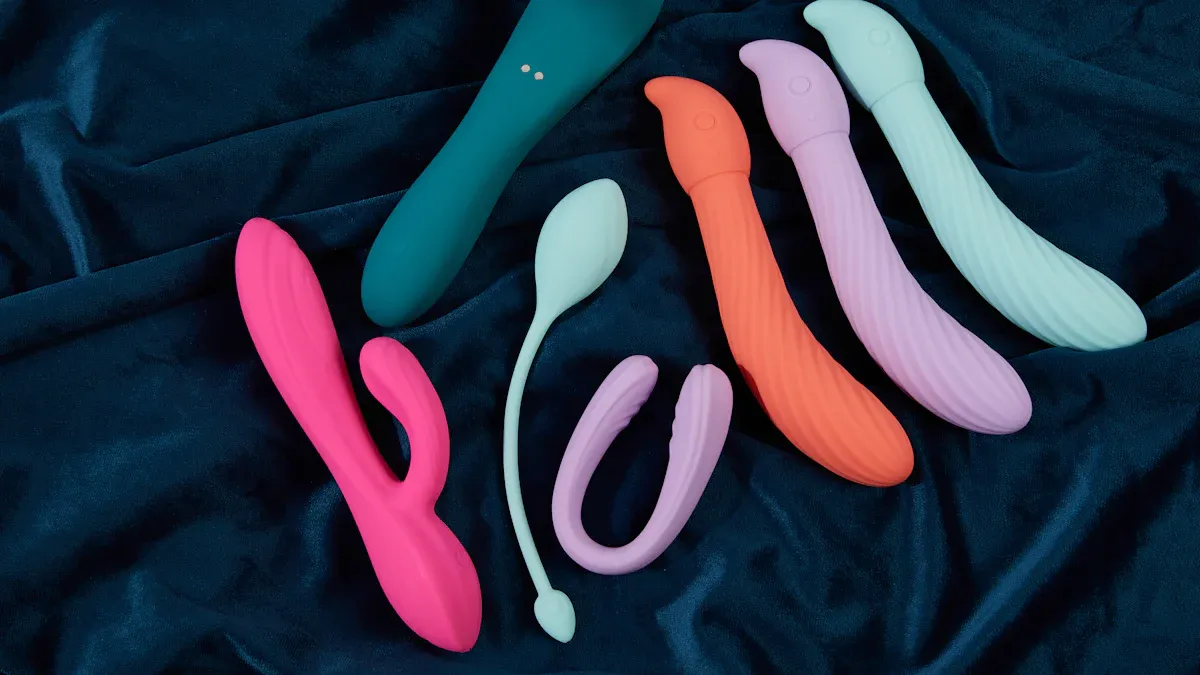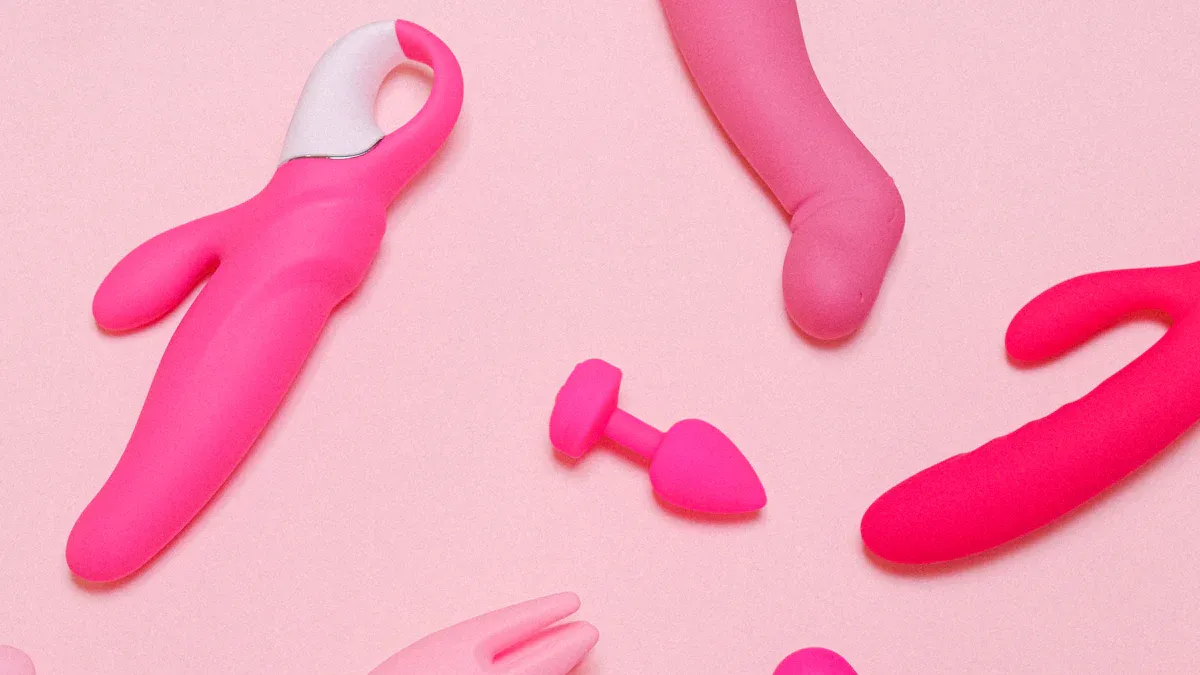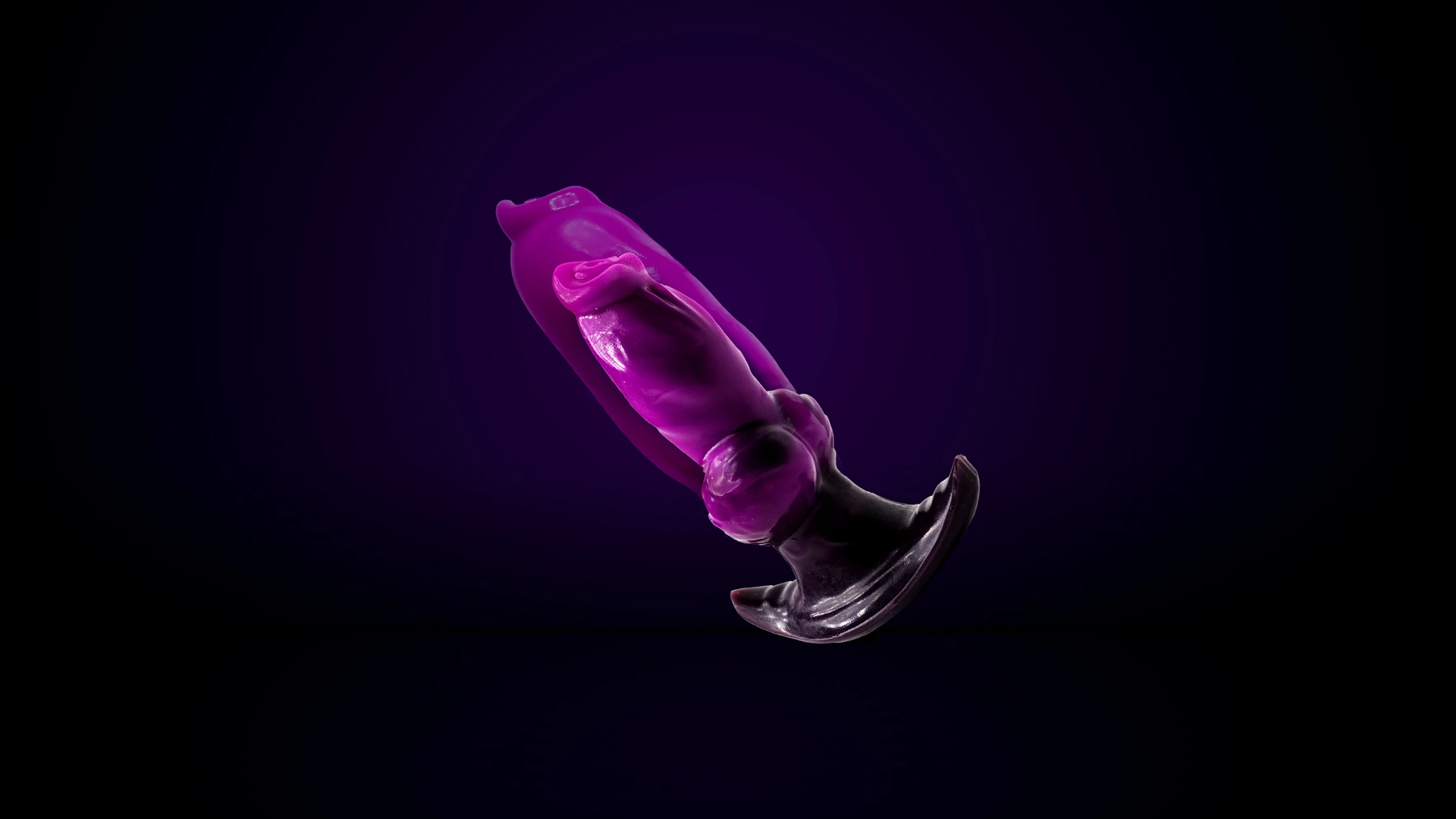What Makes TPE Dildos Safe for Your Body

TPE dildos are popular because they feel soft and flexible. When used correctly, they are safe and fun to use. Their material is safe for the body, but cleaning is crucial. Wash them before and after use to prevent bacteria from growing. Porous surfaces, like those found in some TPE dildos, need extra care to stay clean. Double dildos are fantastic for sharing experiences, while glass dildos are non-porous and easy to clean. Understanding your toy’s features helps you use it safely. Even special designs like bad dragon dildos can be safe with proper care.
Understanding TPE Dildos

What Is TPE (Thermoplastic Elastomer)?
TPE stands for Thermoplastic Elastomer. It is a mix of rubber and plastic. This material is soft, stretchy, and durable. It feels like human skin, which makes it great for certain products. TPE is used in medical tools, household items, and sex toys. It can be shaped into many designs and textures.
TPE dildos feel realistic and improve your experience. They bend easily to fit your body, giving comfort. But TPE is porous, so it can soak up moisture and germs. Cleaning it well is very important.
Why TPE Is Popular for Sex Toys
TPE dildos are liked for many reasons:
They are soft and bendable, feeling lifelike.
They cost less, making them affordable for more people.
TPE can be shaped into different sizes and textures to suit preferences.
More people are buying sexual wellness products, increasing TPE toy demand. In China, over 30 million people buy sex toys online. Older adults, like baby boomers, also shop for these items online.
Common Safety Concerns About TPE
TPE dildos are popular, but some safety issues exist. TPE’s porous surface makes cleaning harder. This can lead to bacteria growing on the toy. Some sex toy materials, including TPE, raise concerns about chemicals.
Studies show some toys release microplastics or harmful chemicals like phthalates. For example, anal toys made from PET release microplastics and contain phthalates. These findings show why buying high-quality TPE toys is important.
To stay safe, clean your toys well and use condoms for extra protection.
Factors That Affect the Safety of TPE Dildos
Porosity and Its Role in Hygiene
Porosity affects how clean and safe TPE dildos are. TPE has tiny holes that can trap germs and moisture. If not cleaned well, these germs can cause infections or irritation.
Wash your TPE dildo before and after each use. Use warm water and gentle soap for cleaning. Avoid strong chemicals, as they can harm the material. Dry the toy completely before storing it to stop bacteria from growing. Using a condom over the dildo adds extra safety, especially if sharing with a partner.
Chemical Composition and Phthalate-Free Properties
The chemicals in TPE dildos also affect their safety. Good-quality TPE does not have harmful chemicals like phthalates. Phthalates make plastic softer but can hurt your health. Some studies link phthalates to hormone problems and other health risks.
When buying a TPE dildo, choose one labeled “phthalate-free.” This means it is made with safer materials. Trusted brands test their products to meet safety rules. Picking a high-quality dildo lowers the chance of harmful chemical exposure.
Importance of Manufacturing Standards
Manufacturing rules impact how safe TPE dildos are. Factories with strict rules make better products. These rules include safety checks, certifications, and regular inspections.
The table below explains key manufacturing standards:
Evidence Type | Description |
|---|---|
Quality Control Processes | Factories follow strict rules and check every step of production. |
Safety Certifications | CE and RoHS certifications show products meet safety and environmental rules. |
Regular Audits | Inspections ensure factories follow safety rules and stay accountable. |
Documentation | Records help trace problems and improve consumer safety. |
Testing Results | Tests confirm products are safe before being sold. |
When buying a TPE dildo, check if the maker follows these rules. Look for certifications like CE or RoHS for safer choices. These certifications prove the toy meets safety and environmental standards. Makers who test and inspect their products ensure they are safe for users.
By learning about porosity, chemicals, and manufacturing rules, you can pick safe TPE dildos. These factors help you choose a toy that is fun and safe to use.
How to Use TPE Dildos Safely
Cleaning and Sanitizing Tips
Keeping your TPE dildo clean is very important for safety. Since TPE has tiny holes, it can hold germs and moisture if not cleaned well. Follow these steps to keep it hygienic:
Wash your dildo with warm water and mild soap after each use. Avoid strong chemicals because they can harm the material.
If you prefer, use a special toy cleaner instead of soap. These cleaners sanitize without damaging the toy.
Rinse the toy well to remove all soap or cleaner leftovers.
Dry it completely with a clean, soft cloth before putting it away.
Because TPE is porous, germs can stay even after cleaning. Using a condom during use lowers the chance of spreading bacteria. Cleaning your toy regularly keeps you safe and helps it last longer.
Tip: If you share your TPE dildo, always clean it between uses or use a fresh condom each time.
Proper Storage to Avoid Contamination
Storing your TPE dildo the right way is as important as cleaning it. Bad storage can expose it to dirt, dust, and germs. To keep it safe and ready:
Store it in a dry, clean spot away from sunlight. Heat and sunlight can damage the material over time.
Use a storage bag or box to protect it from dust. Many toys come with their own pouches for storage.
Don’t store it touching other toys, especially those made of different materials. Some materials can react with TPE and cause damage.
Good storage keeps your TPE dildo clean and in good shape. Taking care of where you store it can prevent health problems later.
Using Condoms for Extra Protection
Using condoms with TPE dildos adds extra safety. This is important because TPE can hold germs due to its porous nature. A condom acts as a shield, lowering the risk of infections and making cleaning easier.
Here’s how condoms help:
They stop body fluids from touching the toy, keeping it cleaner.
They make sharing toys safer by reducing the spread of germs.
They let you use different lubricants without worrying about harming the toy.
Pick good-quality, non-lubricated condoms for the best results. If you use lubricants, make sure they are safe for both the condom and the TPE material.
Note: Always use a new condom if you switch partners or body areas during use.
By following these steps, you can use your TPE dildo safely and confidently. Cleaning, storing properly, and using condoms are easy ways to stay healthy and keep your toy in great condition.
Choosing the Right Lubricants
Picking the right lubricant for your TPE dildo makes it safer and more comfortable. Some lubricants can harm TPE, so knowing which ones to use is important. This helps keep your toy in good shape and improves your experience.
Why Lubricants Are Important for TPE Dildos
Lubricants make using your toy smoother and more enjoyable. They also protect your skin from irritation. But TPE is sensitive and reacts to certain substances. Using the wrong lubricant can damage the toy, make it wear out faster, or even ruin it completely.
Tip: Check the label on your lubricant to see if it’s safe for TPE toys.
Types of Lubricants and Their Effects on TPE
Here’s a simple guide to common lubricants and how they work with TPE:
Lubricant Type | Description | Compatibility with TPE Dildos |
|---|---|---|
Water-Based | Made mostly with water. Easy to clean and gentle on skin. | ✅ Safe and highly recommended. |
Silicone-Based | Slippery and lasts long. Contains silicone, which harms TPE toys. | ❌ Not safe. Avoid using. |
Oil-Based | Made with oils. Hard to clean and may irritate skin. | ❌ Not safe. Avoid using. |
Water-based lubricants are the best choice for TPE dildos. They are safe, easy to clean, and won’t damage the material. Silicone-based and oil-based lubricants can ruin the surface of TPE, making it sticky or unusable.
How to Pick the Best Water-Based Lubricant
Not all water-based lubricants are the same. Look for these features:
Body-Safe Ingredients: Avoid lubricants with parabens, glycerin, or artificial scents. These can irritate your skin.
pH-Balanced Formula: A pH-balanced lubricant keeps your body’s natural balance, preventing discomfort.
Non-Sticky Texture: Choose a lubricant that feels smooth and doesn’t leave a sticky residue.
Note: If you have sensitive skin, test a small amount of the lubricant on your wrist before using it with your toy.
How to Use Lubricant the Right Way
Using lubricant correctly makes your experience better and safer. Follow these steps:
Put a small amount of lubricant on your fingers.
Spread it evenly over the TPE dildo.
Add more if needed during use to keep it smooth.
Don’t use too much lubricant, as it can make the toy slippery and hard to handle. After using the toy, clean off any leftover lubricant to keep it in good condition.
By choosing the right lubricant and using it properly, you protect your TPE dildo and enjoy a better experience. Stick to water-based lubricants and always pick body-safe products.
Comparing TPE Dildos to Other Materials

TPE vs. Silicone: Key Differences
TPE and silicone dildos have different features. TPE feels soft and lifelike. Silicone is firmer but still smooth.
Here’s how they compare:
Porosity: TPE has tiny holes that trap moisture and germs. This makes cleaning harder and increases bacteria risks. Silicone is non-porous, so it’s easier to clean and safer for sensitive skin.
Durability: Silicone lasts longer because it resists damage. TPE may wear out faster with frequent use.
Cost: TPE dildos are cheaper, making them affordable for more people. Silicone dildos cost more but last longer.
Safety: Both are phthalate-free, but silicone is hypoallergenic, lowering irritation risks.
Silicone is better for easy cleaning and durability. TPE is a good choice if you want a realistic feel at a lower price.
TPE vs. Glass and Metal: Hygiene and Durability
Glass and metal dildos are non-porous, so they don’t absorb fluids. This makes them very hygienic. You can clean them with soap or boil them to sterilize.
Glass and metal are also very durable. They don’t break easily under normal use. TPE is softer but wears out faster. Its softness makes it more comfortable than glass or metal.
Glass and metal can be heated or cooled for extra sensations. TPE doesn’t offer this feature. If hygiene and durability matter most, glass and metal are great options. For a softer feel, TPE is a good choice.
Pros and Cons of TPE Compared to Other Options
TPE has good and bad points compared to other materials:
Pros:
Phthalate-free, making it safer than older materials.
Soft and flexible, feeling like human skin.
Affordable, fitting many budgets.
Eco-friendly, reducing rubber waste during production.
Cons:
Porous, which makes cleaning harder.
Less durable than silicone, glass, or metal.
Needs careful cleaning and storage to stay safe.
TPE is affordable and feels realistic. It’s not as durable or hygienic as silicone, glass, or metal. But it’s still popular for its comfort and price.
Tip: Think about what matters most—cost, feel, or cleaning—when picking the right material for you.
TPE dildos are safe and fun if cared for properly. Follow three simple steps: clean them well, store them safely, and use condoms for extra safety. These actions lower risks and make your experience stress-free.
Remember: Knowing how the material works helps you choose wisely. By using good habits, you stay safe and enjoy your toy. Treat it well, and it will last longer for you!





